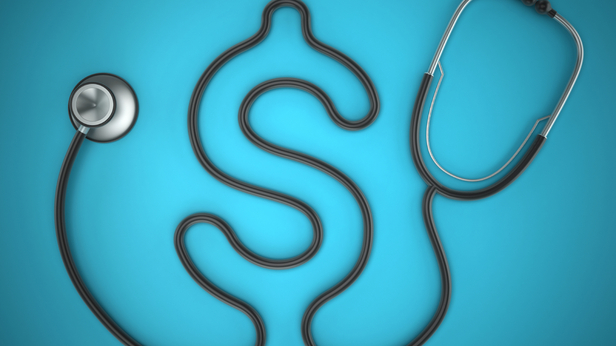
By Chris Rochester
MacIver Institute Communications Director
Friday, May 6
There are countless reasons for Wisconsin to switch its insurance for state employees to a self-funded model, and chief among them are savings from pending new taxes under Obamacare that could cost Wisconsin taxpayers tens of millions of dollars.
That was the message Dean Hoffman offered the Governor’s Commission on Government Reform, Efficiency and Performance on Thursday. Hoffman, an employee benefits consultant with more than 35 years of expertise, said there’s very little risk compared to the benefits of making the change to self-funded insurance.
The risk would be low because of the sheer size of the state’s workforce, which means total annual payouts would be predictable and fluctuations minimal. The workforce size is a liability under the current system, however, thanks to Obamacare.
Starting in 2014, health insurers have been subject to a special tax under Obamacare. The tax will vary between insurers and is based on the prior year’s health insurance premiums the insurer received, Hoffman said.
In 2016, the insurer tax will range from 1.5 to 3.5 percent, with future rates yet to be decided. Considering Obamacare’s lower than predicted enrollment and higher than anticipated costs, consumers should be concerned that federal bureaucrats will be “forced” to increase taxes dramatically to balance the books. By utilizing a network of private health insurers that are subject to the tax, Wisconsinites would pay the higher price.
But self-funded insurance systems are exempt from the tax. As the state’s deputy commissioner of Employee Trust Funds, Lisa Ellinger, pointed out, the state pays out about $1.4 billion annually in premiums.
Do the math – exempting Wisconsin from the Obamacare insurer tax would conservatively save tens of millions in Obamacare taxes each year.
Then there’s the reviled Obamacare Cadillac Tax, or as Hoffman called it, the Maserati Tax, which applies an exorbitant 40 percent tax on all employee benefits exceeding $10,200 annually for an individual, $27,500 for a family. Unlike the insurer tax, no plans are exempt from this excise tax. While Congress postponed the tax until 2020, wise lawmakers should assume it will eventually be implemented.
Switching to a self-funded insurance model would enable the state to reduce costs to avoid the Cadillac Tax via any number of avenues. While the precise cost of the Cadillac Tax under the current system is nearly impossible to estimate, a self-insurance switch would ensure the state isn’t soaked with tens of millions in further Obamacare taxes.
Despite the clear evidence that Wisconsin should change its insurance model, naysayers still cling to the concern that benefits will be slashed and provider networks will be scrambled. But Hoffman refuted these claims as myths. In fact, he presented various ways in which healthcare could be improved given the flexibility a self-funded model would give the state.
Hoffman’s ultimate message was that self-funded insurance isn’t a new and scary prospect. In fact, the fact that Wisconsin doesn’t currently self-insure is the real head-scratcher, especially considering the number of large employers that use that model. As of 2011, 60 percent of all private sector workers were enrolled in self-insured plans. This isn’t some untested, new idea that needs a thorough vetting or additional study.
About 90 percent of all large employers, companies that employ 5,000 or more employees, use self-funded insurance. Also, 46 states use self-insurance in some way, including Wisconsin, which has self-insured its pharmacy plan since 2004 and self-insures its dental plan as of 2016. Wisconsin also self-insures a small portion of its health plan.
At least 20 states self-fund all of their state employee health plans, including Minnesota, which moved to fully self-funded insurance in 2002. Those on the left like to point to Minnesota as the model Wisconsin should emulate. In this case, they’re right.
